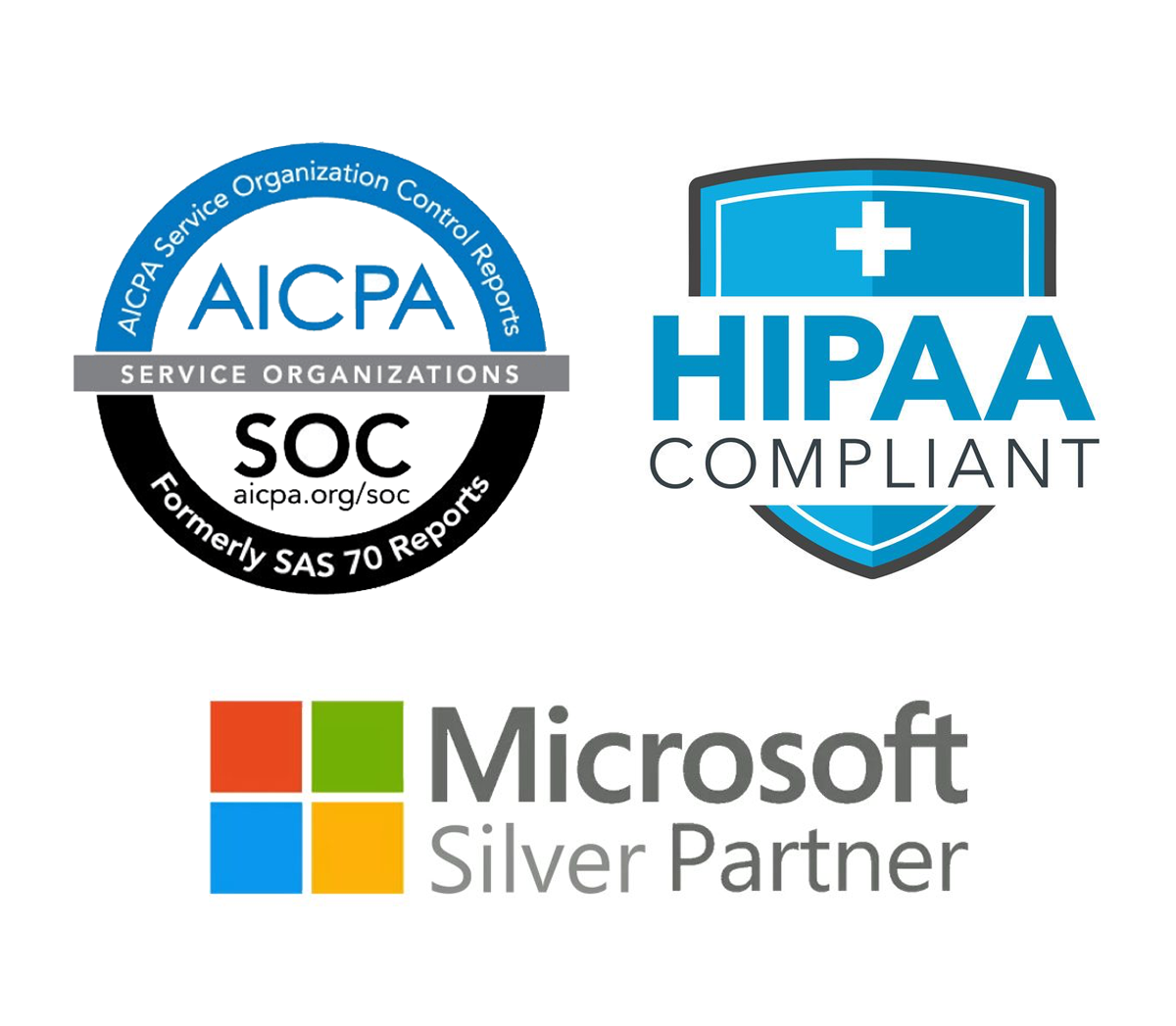Business Continuity Planning 101: 5 Simple Steps to Help You Prepare for the Unexpected
As a business owner or manager, you may be relieved to glimpse the light at the end of the Covid-19 tunnel. However, as a wise person once said, “Be prepared in case the light at the end of the tunnel is a freight train.” In other words, if you don’t have a robust business continuity plan in place, you should get started.
Preparing for a new crisis or disaster may be the last thing you want to tackle as you move down the pandemic exit ramp. But, that doesn’t make it any less important. The good news is that developing a business continuity plan doesn’t have to be daunting. There are some simple actions you can take to keep your operations running smoothly and efficiently during the next power outage, cyber attack, or—dare I say—global pandemic.
Step One: List Critical Business Functions
Before you can develop strategies to protect your systems and infrastructure during a crisis, you need a clear understanding of what needs to be protected. Make a comprehensive list of all critical business functions and the resources your business uses to support them. Start with the major systems that first come to mind. Then, move on to the more detailed nuances of operating your business. Your list should include hardware, software, environmental infrastructure, staff, contractors, and third-party vendors.
Step Two: Identify Potential Risks
What are the risks that your business could face? Make a list, starting with the most obvious threats. Include situations that your business has encountered before. They may include inclement weather, power outages, supply chain disruptions, and technological failures. Next, move on to less likely, but potentially calamitous events. Think about natural disasters, such as earthquakes or hurricanes. Consider human-caused risks, both accidental and intentional. Finally, recall events in recent history such as the 911 terrorist attacks, the financial crisis of 2008, and the Covid-19 pandemic.
Step Three: Develop a Response Plan
In the event of a crisis, you need to be able to respond quickly and effectively. Develop a response plan that outlines the steps your team should take in the event of an unexpected disruption. This can include backup and recovery procedures for critical data and systems, activating a crisis management team, communicating with customers and suppliers, implementing emergency protocols, as well as alternate work arrangements for employees.
Step Four: Establish Communication Strategies
Communication is always key, but even more so during a crisis. Make sure you have a plan in place to communicate with your team, customers, and suppliers in the
event of an unexpected disruption. Establish an agreed-upon set of procedures for notifying employees, customers, and other stakeholders of the situation. This might include using email, social media, or other channels to keep people informed.
Step Five: Test Your Plan
After you’ve developed your business continuity plan, it’s important to test it to ensure that it works as intended. Refer to your list of potential risks to use as potential scenarios that may occur. Then, create a schedule to conduct regular drills and simulations. If a weakness or oversight is identified, make necessary adjustments to the plan and schedule a retest.
With the increasing frequency and severity of disruptions in the modern world, business continuity planning is important for companies of all sizes. In fact, small businesses and startups can be especially vulnerable because of limited resources and lack of experience. However, using the five steps outlined above, it is within your power to develop a robust business continuity plan. Properly executed, your business continuity plan will minimize the impact of disruptions and allow operations to continue.



